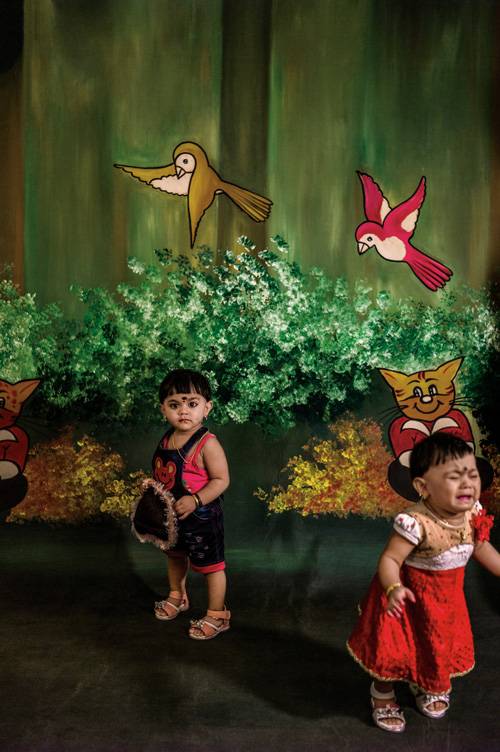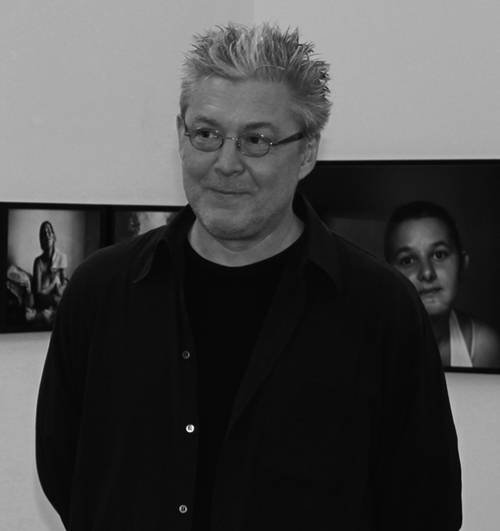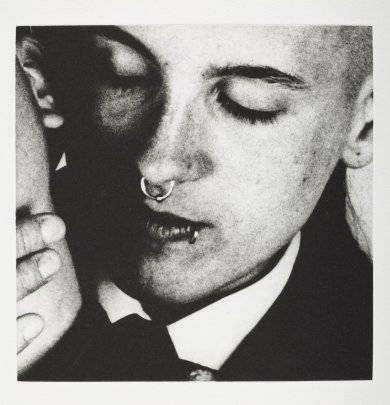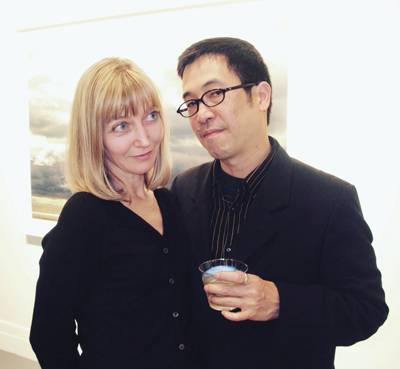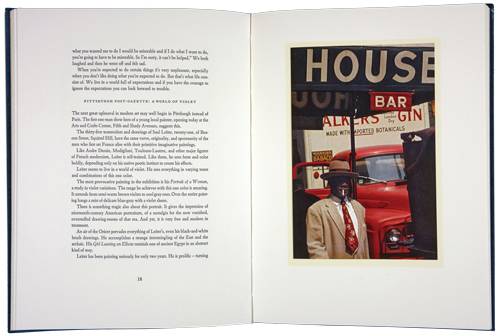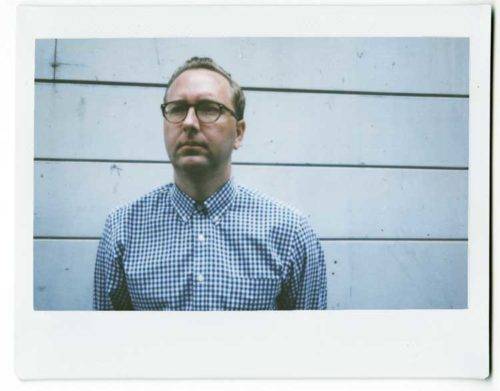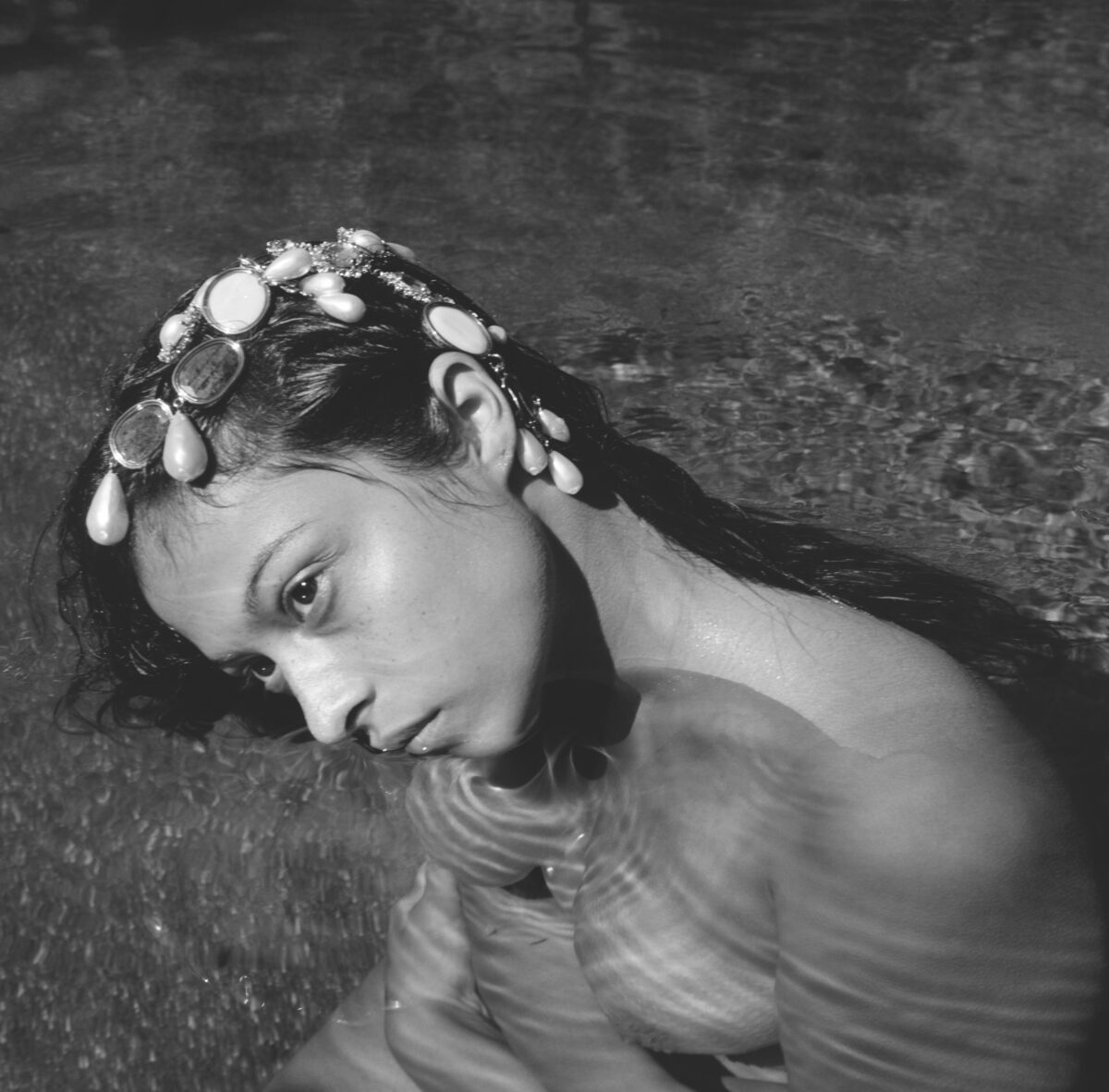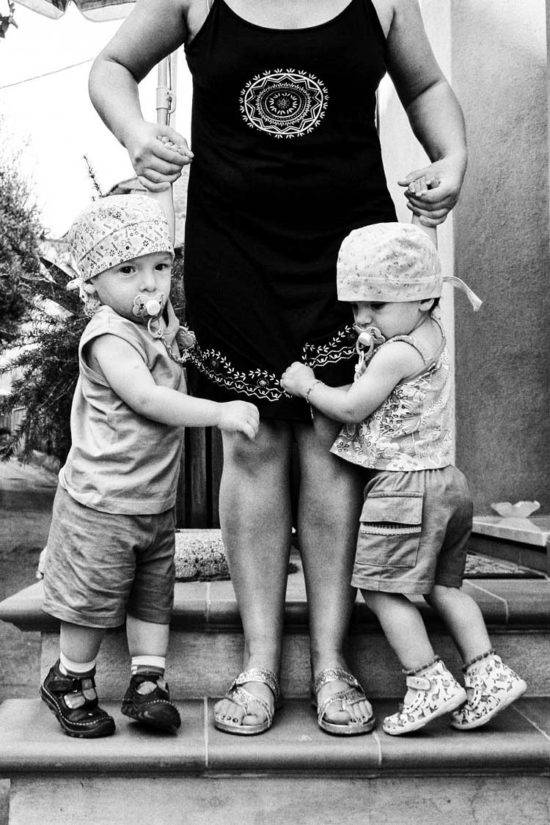For many years Ketaki Sheth was a successful street photographer, both in India and abroad, working in analogue black and white. She bought her first digital camera in 2012, and a few years later, she started photographing in color, making pictures of the Jadish Photo Studio in Manori, not far from her home in Mumbai. The project expanded, and during a three-year period, from 2015 to 2018, she crisscrossed India, photographing 75 photography studios, documenting the fading glory of these small businesses whose fortunes had changed with the ubiquity of cell phones and digital cameras. They had become relics of the analogue world. In the late 1800s, there were some 40 photography studios in Calcutta (now Kolkata) alone and 70 in the former Bombay (now Mumbai). Portrait painters were put out of business as photography studios crept in, although the clientele were mainly the elite, since cameras were still a luxury. Today, Sheth explains, about 300 photography studios are left in all of India.
Sheth decided on the simplicity of one digital camera, one lens, and the tungsten light of the studios. She documented everything that caught her eye: portraits being taken, backdrops, painted landscapes, props, lights – a kaleidoscope of stills and vignettes. Although her photographs capture a time that has passed, they often have a contemporary look. Her photograph of the one-size-fits-all jacket for male customers dangling from a lopsided wire hanger, for instance, is decidedly modern in terms of concept and composition.
Sheth also asked people to sit for her in the studios she was photographing, and while her portraits use the studio’s lighting and sometimes the same painted backdrops, her compositions are contemporary. In one, for example, she places her subject, a little girl in a pretty yellow dress, in the lower half of the picture plane, while the grey background takes up the rest of the picture. This composition would have been considered a violation of classical photography rules, which dictate that the subject be in the middle of the frame, and posed more formally.
Her accumulation of pan-Indian portraits gives a broader dimension to this project, providing a gallery of India today, a multi-ethnic, multi-religious, and multi-cultural state. “I owe all to Raghubir Singh,” says Sheth, referring to the late photographer known for his color photographs of India. Early in her life, Singh became her mentor. Sheth shot in black and white for most of her life, but perhaps the brilliant color photographs in this series are her tribute to the man who shaped her photographic work.

